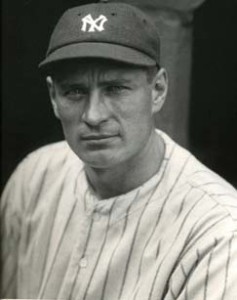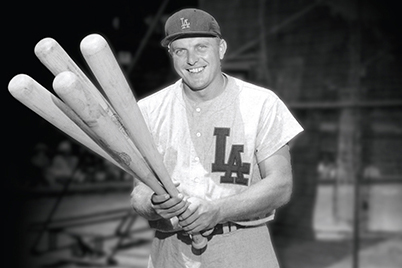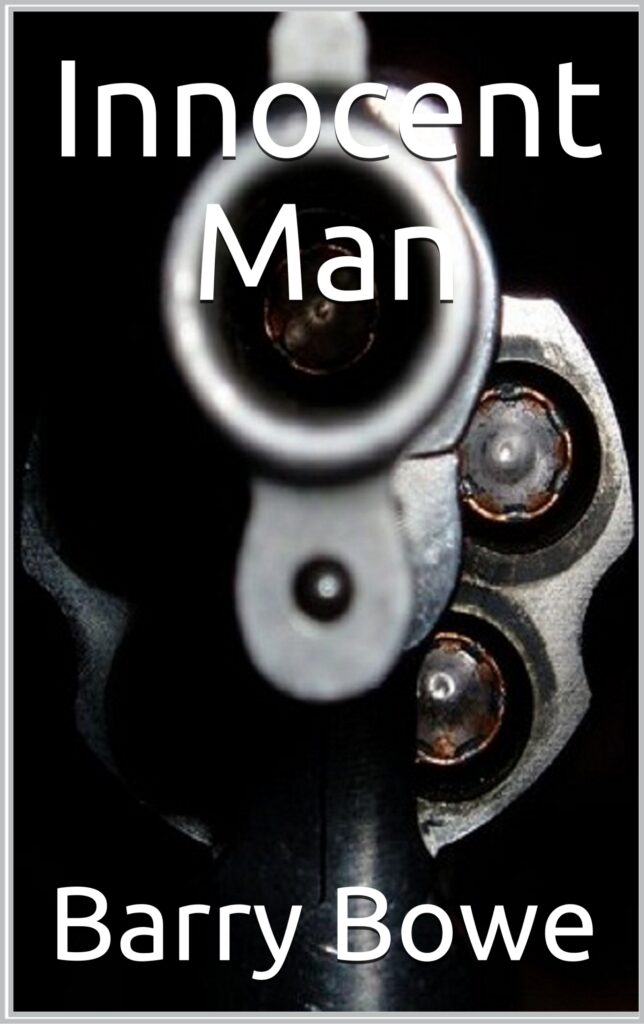Joe Staszak
I was listening to Joe Staszak on The Fanatic this past Saturday evening. Guess that makes me an odd-ball because – according to 97.5’s program director Matt Nahigian – not many listeners tune in to his station on weekends. But that’s a subject I’ve already written about twice:
And I’ll be writing about The Fanatic again tomorrow – “Double Whammy” – because I’m getting the sense that 97.5 is experiencing some financial woes. But I digress. Back to today’s topic:
As I was saying, I was listening to Joe Staszak and I enjoy listening to Joe. He was flying solo, although he quite often teams up with Matt Lombardo. They’re a perfect duet because they tend to disagree about many of the topics under discussion. I must admit that I usually agree with Matt’s side of the argument and disagree with Joe’s side. And Saturday night was no exception in that I “sort-of” disagreed with Joe’s argument.
He was talking about injuries that derailed a season or a franchise. It was a good topic, but I “sort-of” disagreed because I looked at the converse – injuries that could’ve derailed a season or a franchise but actually turned into silver linings.
Three such silver linings immediately popped into my fertile brain.
Tom Brady
Most football fans would’ve gotten this one, too.
The New England Patriots drafted Tom Brady, out of Michigan, in the sixth round of the 2000 NFL draft – the 199th overall pick.
He was an after-thought, a fourth-string quarterback behind Drew Bledsoe (531 pass attempts), John Friesz (51 pass attempts), and Michael Bishop (9 pass attempts). Brady got into only one game during his rookie season and threw a total of 3 passes, completing one for six yards.
In 2001, Tom Brady moved up to second string at the beginning of his second season.
The Patriots got off to a bad start. They lost the first game 23-17 to the Cincinnati Bengals and lost the second game 10-3 to the New York Jets. But Bledsoe suffered what would become a season-ending injury in the second half of the Jets game and Brady was forced into action.
He went 5-for-10 for 46 yards and failed to drive the Patriots into the end zone. But Bledsoe’s injury became the silver lining that put Tom Brady on the NFL map and launched the Patriots into becoming perennial Super Bowl contenders.
In fact, Brady led the Patriots to a regular season finish of 11-and-5 during his first season as a starter and a 20-17 victory over the St. Louis Rams in Super Bowl XXXVI.
Under Brady, the Patriots have won six AFC championships and four Super Bowls. Tom Brady was the Super Bowl MVP three times and the NFL MVP twice.
Lou Gehrig
The New York Yankees signed Lou Gehrig as a free agent in 1923.
With veteran Wally Pipp at first base, Gehrig played in only 13 games during his rookie season and just 10 games in 1924. Gehrig batted an amazing .607 in that limited action – 17-for-28 – but Pipp was a vital cog in the Yankees offense. In 1923 and 1924, Pipp batted .304 and .295 and collected 109 and 100 RBIs.
Since both Pipp and Gehrig were left-handed hitters, there was no thought of platooning them. So it looked as if Gehrig were destined to be a backup.
But the Yankees got off to a 15-26 start in 1925. In the midst of a five-game losing streak, manager Miller Huggins wanted to shake things up.
According to popular legend, on June 2, 1925, Wally Pipp showed up at Yankee Stadium with a headache. Within hearing distance of Miller Huggins, Pipp asked the Yankees trainer for two aspirins. Pipp was hitting just .244 and struggling with a .181 batting average over the prior three weeks.
“Wally, take the day off. We’ll try that kid Gehrig at first today and get you back in there tomorrow.” – Miller Higgins
Wally Pipp was later quoted as saying: “I took the two most expensive aspirin in history.”
If you’re a baseball fan, you know the rest. Wally Pipp’s headache was a silver lining for Lou Gehrig, who started that game plus the next 2,128 consecutive games. That set a major league record that stood for some 70 years until Cal Ripken, Jr. surpassed it on September 6, 1995.
Since Gehrig was used as a pinch-hitter on June 1, 1925 – the day before he replaced Pipp as the starting first baseman – his record reached 2,130 consecutive games. During his years as the Yankees starting first-baseman, Lou Gehrig batted .340 with 493 home runs and 1,995 RBIs – and the Yankees won the World Series seven times.
Lou Gehrig was the American League MVP twice.
Earl Morrall
I moved to Fort Lauderdale during the summer of 1972 – and what a great stroke of timing that was for me.
With rising star Bob Griese at quarterback, the Miami Dolphins won the first four games of the season and were suddenly considered as legitimate Super Bowl contenders. Although the Dolphins beat the San Diego Chargers 24-10 in the fifth game, those Super Bowl aspirations sunk when Bob Griese broke his leg in the first quarter.
Griese’s replacement was 38-year-old Earl Morrall, a 16-year NFL veteran who was primarily a journeyman backup with the 49ers, Steelers, Lions, Giants, and Colts. Granted Morrall finished that game against the Chargers with 8-for-10 passing for 86 yards and two TDs without an interception, but there were serious doubts about exactly how far Morrall could take the Dolphins.
But there was a silver lining. This was not the first time Morrall found himself in such a situation.
Morrall started the 1968 season with the Baltimore Colts as the backup to Johnny Unitas. But Unitas went down with a season-ending injury during the pre-season and Morrall was thrown into the breach as the starter.
Earl Morrall led the Colts to a 13-1 record and first-place in the Coastal Division during the regular season. In the playoffs, Morrall beat the Minnesota Vikings 24-14 and the Cleveland Browns 34-0 to advance to the Super Bowl.
Unfortunately for Morrall and the Colts, they ran into Joe Namath and the New York Jets in the Super Bowl and lost 16-7.
This is a good point to mention that the 1968 Colts and 1972 Dolphins shared two common components: backup quarterback Earl Morrall and head coach Don Shula.
Shula knew Morrall well and knew how to extract his best possible performance.
Earl Morrall led the Dolphins to nine consecutive wins and the Dolphins finished the regular season undefeated at 14-and-0. In the divisional round of the playoffs, Morrall led the Dolphins to a 20-14 win over the Cleveland Browns. The next week, in the conference title game, Morrall started but was relieved in the second half by a recuperated Bob Griese.
Griese finished the 21-17 victory over the Pittsburgh Steelers and also started the Super Bowl and led the Dolphins to a 14-7 win over the Washington Redskins.
The Dolphins not only won Super Bowl VII, but they also became the only undefeated team in NFL history. Those feats would not have been possible without Earl Morrall.
Just Three Examples
Thanks to Joe Staszak for the idea.
Those are just three examples of injuries turning into silver linings instead of disasters. I’m sure you can think of more.
Once again, thanks, Joe.
Barry Bowe is the author of:
- Born to Be Wild
- 1964 – The Year the Phillies Blew the Pennant
- 12 Best Eagles QBs
- Soon-to-be-published Caribbean Queen













Comments
No Comments